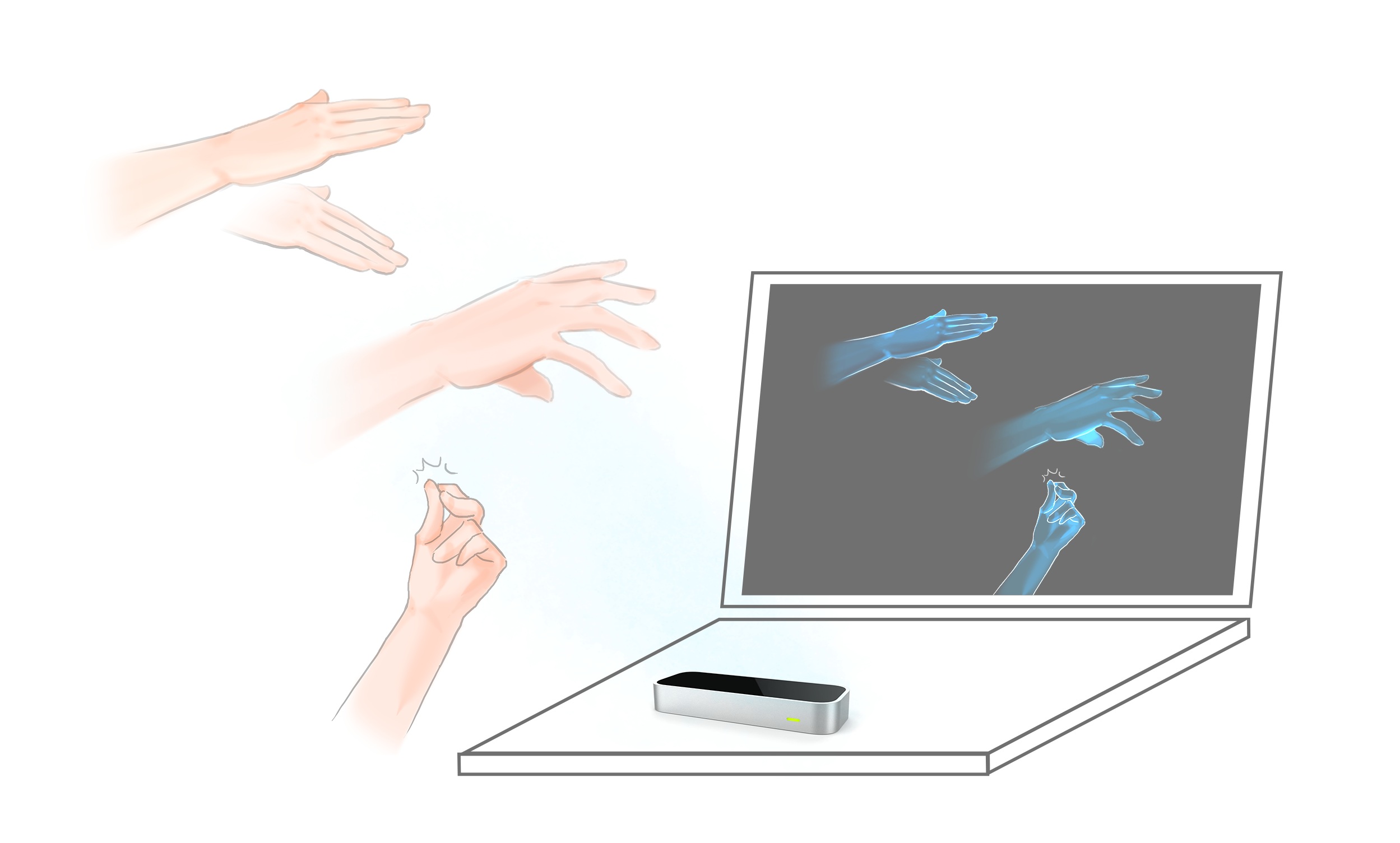
Ting
CHAIR OF ARCHITECTURAL INFORMATICS TUM
2017, Winter Semester
Team:
Jiaming Chen | Architect
Mehmet Dereli | Game Engineer
Farzaneh Bakhshaei | Game Engineer
Hard & Software:
Leap motion, Unity
TING
Interactive Visualising Game Design
Nearly 1,010 years after it was built, the courtyard garden and buildings of Tang Dynasty in China, one of the greatest landscape arts in history, has almost disappeared. Nowadays, one can only catch a glimpse of it in related literary materials or in photographs of the historical Japanese courtyard garden, which partially imitates and inherits the style and structure of the Tang's gardens. With this computer game TING, we hope to represent this special landscape art and arouse the player’s interest for it.
Design Process
Brief
The gamification of architectural visualisation.
Our Focus
Emotional Visualising
Integrating Interactions
Game Play
The architecture is not only part of the physical game scene, it also plays a key role. We intend to express the beauty of a specific type of architecture and provide the player an emotional and unique experience walking in it.
We developed different types of interactions to encourage user’s engagement with the visualising experience in architecture.
We ensured players joy and fun while they playing the game.
Conception
After 3 rounds of brainstorming and refining, we decided to develop a 3D puzzle game concept with an interactive Chinese garden.
The task for the players
At each level, the player needs to look closely at the courtyard to find one hidden puzzle inside, which can be a bare tree in the budding season, or a group of frogs waiting for a puddle... Once the player locates these puzzles, they can interact with their key elements through gestures, and enable the transformation of the game scene. When they solve the puzzle, they are able to enter the next level.

Optimising the experience
The players must find out by themselves the right "magical spells" to influence the landscape, which will be more fun for them. The gestures used to interact with the game scene are designed to be as intuitive as possible.
TING is operated with the help of Leap Motion, a small hardware device that supports hand tracking and gesture recognition. This frees the players from using a mouse or a joystick and offers them more freedom to try various interaction gestures.

The Curriculum
In the game, scenes of different seasons are in-built. As the playing time goes on, the game scene changes slowly and gently. In this way, the player can experience the garden’s beauty over the seasonal transition. Due to the limited time, we developed 3 feasible scenes in the spring and summer to present our concept.

User Journey
Through specific hand motions, the virtual courtyard can be rotated and zoomed in/out. This enables the user to have a close look at the scene. In the magnified view, the player is given more freedom to influence the landscape with different gestures.
Gestures
Effects
Pull down
Point
Pull
Press
Make a fist
Click, catch-release, wave hands, wiggle fingers…

Choose items from the menu
Rotate the map
Zoom in
Zoom out
Lock the scene to conduct further interaction
The player makes the trees sprout by clicking.
The player drag the fireflies into the stone lantern.
The player strengthens the wind by shaking causing the cherry petals to fall.
The player generates raindrops for creating a puddle.
Prototyping Process
Concept Release
User Test & Exhibition
Students were invited to try out our game on the Demoday at the TUM Campus in Garching. They explored the gestures quickly and easily experienced different interactions in the game scene. In addition, lots of feedback for the game was collected for further refinement.












